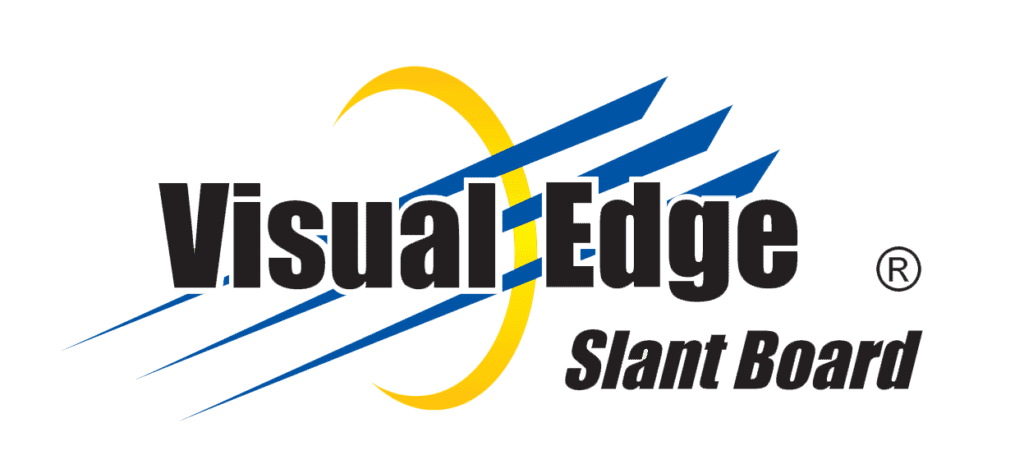Much has been said in government and in the media about the need to improve literacy skills but a workable solution remains elusive. In order to improve global reading results, we need to focus on teaching reading skills explicitly. This includes the teaching of pre-literacy skills, such as rhyme, vocabulary, visual matching, and language comprehension. As these skills are developing and we begin to introduce reading skills, we need to maintain an emphasis on vocabulary, and explicitly teach word decoding skills and reading comprehension skills through example and practice.
Research tells us that for most people with reading difficulties the underlying problem is a phonological deficit, a difficulty working with the sounds in words. The brain is malleable and particularly so in young children. We need to engage junior primary students in a powerful program, such as Jolly Phonics, that teaches them about the sounds in words and their relationship to letters. These are the foundation skills for reading. An introductory literacy program will be most effective if complemented by a phonics-based reading program.
It also important to remember research has also shown that one in four children in every classroom have a vision processing problem. They cannot control their eye movement at close distances, making reading and attention almost impossible. As the print moves and blurs, they stumble over words, lose their place and cannot comprehend. Out of desperation, they give up and quit. Is it any wonder they struggle in school. For these children a comprehensive vision screening would be required. It is highly recommended that all children receive a comprehensive vision screening to eliminate any possibility of vision difficulties associated with reading. Please see COVD or OEP for a referral in your area.
One of the major barriers to the teaching of phonics is the adoption of reading levels by schools. Leveled books are classified in different ways depending on the system. Criteria include degree of difficulty based on semantic difficulty and the complexity of the sentences. What this means is that a book with a leveled vocabulary can have mixed text in it with all kinds of spellings as long as they are within the level. As a result, students may find some books easy at a particular level and others too hard. These systems include a testing regime to determine when children are ready to proceed to the next level.
My concern is that schools have adopted reading levels because they offer a convenient structure for a whole school reading program. Books classified according to a particular system can be grouped into ‘the red box, the blue box etc’ and the testing regime used to guide students through the levels. In many schools, there are expectations in terms of level for each grade. For example, students should be at Level 23 by the end of Grade 2. Because reading skills are not taught explicitly and systematically through these systems, students can find themselves at the same level for a whole year. This can have detrimental effects on their motivation and self esteem. The systems that level books now have a strong commercial base and schools prefer to buy books that fit into the leveling system they are using
A few years ago, I visited an elementary school and asked if they would show me how the reading levels work. The reading levels coordinator showed me the manual with the tests the students are given. As I looked at level 1 with words like “painting’ and “climbing”, I commented that the words seemed hard for a beginning reader. “They don’t have to read the words,” I was told, “they look at the pictures. It’s a form of reading.” This approach to ‘reading’, I believe, is responsible for the strategy used by many elementary students who are not automatic readers, what I call, the ‘look and guess’ approach. They look at the picture and guess the word based on key letters. Using this strategy in one of the tests I use, “book” has been read variously as “ball” and “bird”. You see all the pictures start with the same letter! And then there’s the little boy who said to me as we progressed from test items with pictures to items without, “I can’t read that, there aren’t any pictures.”
Choosing the right books
To ensure that beginning readers enjoy success, it is important to explicitly teach them phonic skills. These are the foundation skills of independent reading as they provide students with the ability to decode words they have not seen before. Teaching starts with the sounds of the letters of the alphabet.
Phonically controlled books
Phonically controlled books have titles like The Pet Hen and The Owl and the Clown and follow two guidelines:
- They are written with a phonic rule in mind, i.e., short e and use mostly words that follow that rule i.e., The pet hen got the vet wet.
- You won’t find words like ‘cough’ and ‘Guy’ thrown in with ‘cat’ and ‘fat’. When reading phonically controlled books, you show the child the new words, teach them the new phonic rule and the student can read the book independently.
- Other words used are either words the student learnt in earlier books or new words that the author lists in the front or back pages of the book. Only a few are introduced in each book.
Phonically controlled books are classified by difficulty, too, but the classification is based on the difficulty of the phonic rule introduced in the book. One of the best known series of phonically controlled books is the Fitzroy Readers, now available in hard copy and on CD.
Regrettably, phonically controlled books are being relegated to the scrap heap because they don’t fit the system. As a result, children who need to be taught using the building blocks of reading (phonics) are failing. How many children might this be? Let’s look at the statistics.
Assuming a normal bell curve, the IQs of 25% of students are below average. The majority of these children need explicit skills teaching to learn to read. When you add to this the 3-10% of children with an average IQ and dyslexia, we are now talking about 30% of children and this still doesn’t include children in neither of the above categories who might have a Language Disorder, Vision Processing Disorder, Attention Deficit/Hyperactivity Disorder or Auditory Processing Disorder.
If we are serious about improving reading skills, we need to spend time providing explicit skills teaching. The value of running records is ignored if they are used to decide on promotion to the next reading level rather than for their primary purpose which is to find out where the student is having difficulty and what they need to be taught to progress.
That a minimum of 40 minutes/day be spent in junior primary classes on the explicit teaching of phonics, spelling rules and handwriting skills. At the beginning, this should be supported by the use of phonically controlled books. Once students’ reading skills take off, then they can move to leveled books with confidence and achieve success.
By Angela Weeks
Reference: Overcoming Dyslexia for Dummies by Tracey Wood, Med
College of Optometrists in Vision Development (COVD)
215 West Garfield Road, Suite 200
Aurora, OH 44202
(330) 995-0718, (888) 995-0719, FAX (330) 995-0719
Optometric Extension Program Foundation, Inc. (OEP)
1921 E. Carnegie Ave., Ste. 3-L
Santa Ana, CA 92705-5510
(949) 250-8070

